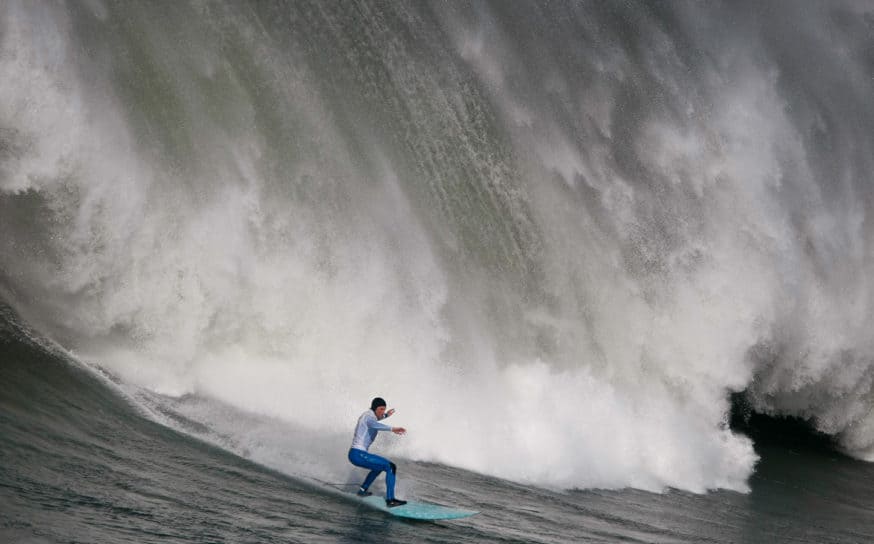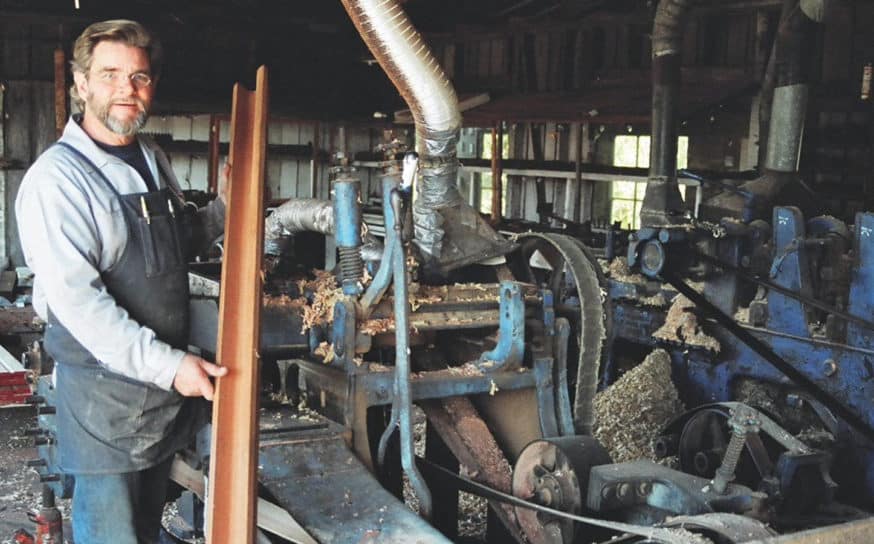
A Look at the Mysterious and Majestic Farallon Islands Off the NorCal Coast
More than 400 species of birds have been spotted on the islands.
-
CategoryExperiences, Hidden Gems, Outdoor Adventure, Sights + Stays
The Farallon Islands, about 28 miles off the coast of San Francisco, rarely see visitors due to the cold, choppy and shark-infested waters that surround them. And while elusive and mysterious to humans, the four groups of islands offer refuge and sanctuary to many seabirds and mammals off the California coast. SF Gate recently provided some fascinating facts about these elusive islands. Here are a few:
“President Theodore Roosevelt designated three of the island groups—the North Farallones, Middle Farallon and Noonday Rock—a national wildlife refuge in 1909. The largest island, Southeast Farallon Island at 70 acres, wasn’t part of the original refuge even though it was home to the most seabirds and marine mammals. At the time, the U.S. Navy and U.S. Lighthouse Service were among the operations on the island. Southeast Farallon was eventually added to the refuge in 1969. Today, the Farallon National Wildlife Refuge is officially part of the City and County of San Francisco and managed by the U.S. Fish and Wildlife Service (FWS).
“The second ever lighthouse on the West Coast was built on Southeast Farallon in 1855. Four keepers and their families lived on the islands as they had to maintain the lighthouse 24 hours a day. Today, two of the three-bedroom homes constructed by the U.S. Lighthouse Service remain on the island.
“A handful of researchers and scientists with Point Blue Conservation live in one of those homes on Southeast Farallon and they have been monitoring wildlife population trends for 50 years. “With our long-term datasets, we are capable of providing the refuge with accurate trend estimates that helps the refuge manage the wildlife,” says Jim Tietz, a program biologist with Point Blue who spends much of his year on the islands. “This is one of the longest running collaborations between a government agency and a non-profit organization.” The remaining islands are uninhabited.
Learn more about the Farallon Islands here.
30- to 40-Foot Waves Entice Big Wave Surfers to Mavericks Beach This Week
The Half Moon Bay hot spot is getting its biggest breaks in years.
This Eureka Veteran Pays It Forward with Artisan Aspirations
Prepare to get inspired.
Ranches: Home on the Range in California
A California architect showcases 19 picturesque ranch homes in his handsome hardcover tome.



















